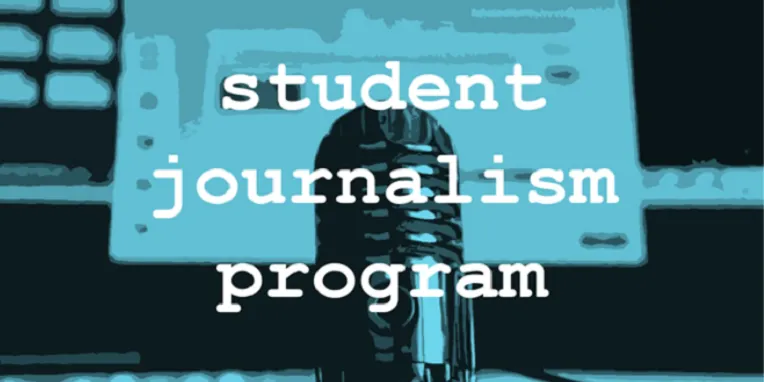Student journalism programs are essential within educational institutions, providing students with hands-on experience in reporting, writing, editing, and multimedia production. These programs are vital for developing skills in critical thinking, ethical decision-making, and communication, all of which are crucial in today’s media landscape. Here’s a closer look at the main components, advantages, and challenges faced by student journalism programs.

Core Components of Student Journalism Programs
- Robust Curriculum: Student journalism programs generally feature a well-structured curriculum that includes courses in news reporting, multimedia storytelling, journalism ethics, media law, and investigative journalism. This curriculum equips students with the necessary skills for various journalism careers.
- Student-Driven Media Outlets: Many programs operate student-run newspapers, radio stations, and online platforms, allowing students to publish their work. This practical experience is essential for building a professional portfolio.
- Internship Opportunities: Successful programs often collaborate with local media organizations to offer internships, providing students with invaluable real-world experience and networking opportunities.
- Mentorship and Guidance: Faculty members frequently serve as mentors, offering constructive feedback and support for student projects. Additionally, industry professionals may be invited to share their expertise and experiences.
- Workshops and Specialized Training: Programs often include workshops focusing on digital journalism, data visualization, and social media strategies, ensuring students remain current with industry trends.
Benefits of Student Journalism Programs
- Skill Development: Students acquire essential journalistic skills, including writing, interviewing, editing, and utilizing various multimedia tools.
- Portfolio Creation: Participation in student media allows students to compile a portfolio of published work, which is critical when seeking employment after graduation.
- Community Involvement: Student journalists often cover local events and issues, strengthening ties between the university and its surrounding community.
- Diverse Representation: Programs encourage a range of voices, allowing students from various backgrounds to share their unique stories and perspectives.
- Ethical Training: Courses on ethics prepare students to navigate the complexities of journalism, equipping them to face future challenges in the field.
Challenges Faced by Student Journalism Programs
- Funding Limitations: Many programs operate on limited budgets, which can restrict resources available for equipment, training, and student support.
- Managing Responsibilities: Balancing academic obligations with journalism duties can be challenging for students, often leading to stress and time management issues.
- Adapting to Change: The rapidly evolving media landscape requires programs to consistently update their curricula to remain relevant and effective.
- Pressure to Produce Quality Work: The high demands of journalism can create pressure on students to produce impactful stories, sometimes leading to ethical dilemmas.
- Retention of Experienced Faculty: Attracting and retaining qualified faculty who can provide both academic guidance and real-world insights can be difficult due to budget constraints.
Conclusion
Student journalism programs play a crucial role in shaping the future of journalism by providing practical experiences, fostering essential skills, and promoting ethical standards. These programs significantly contribute to the individual growth of students while also enhancing the broader media landscape. As they adapt to the changing dynamics of the industry, their importance in higher education remains profound.